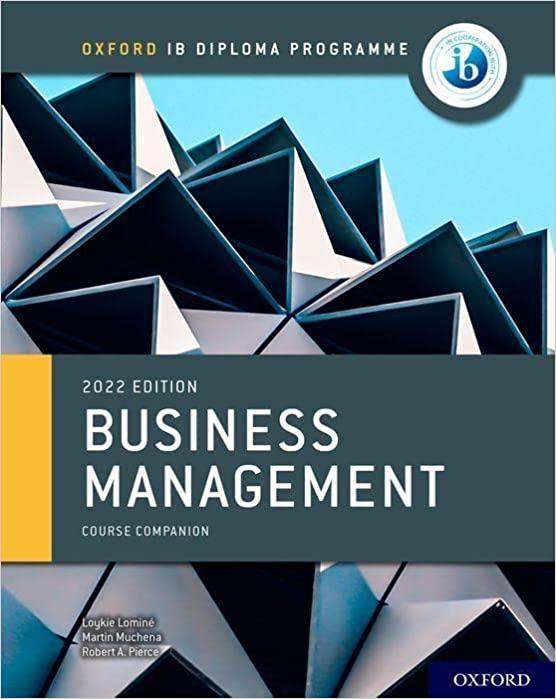Question
Poverty is a specific area of emphasis for the ILO, which points out that poverty remains widespread in the developing world and some transition countries.
Poverty is a specific area of emphasis for the ILO, which points out that poverty remains widespread in the developing world and some transition countries. However, it is not limited to developing and transition countriesit is deep and widespread in some developed nations as well. The horror of the unnecessary loss of lives as a result of Hurricane Katrina in the southeastern United States awakened the country to long-denied and ignored, yet long-lasting and stable, distinctions based on class, poverty, and race. At the time Katrina hit, 26.9% of the population in the region lived in persistent poverty although the U.S. poverty rate was 12.7%. Many affected by the disaster were working poor, employed in restaurants, hotels, and casinos, or driving cabs, trolleys, and limousines for affluent tourists, partygoers, and conventioneers.
Despite mandatory evacuation orders, persistent poverty left tens of thousands of people, largely Blacks, unable to flee the natural disaster and vulnerable to its destruction. Without cars, credit cards, or money to rent hotel rooms out of town, the persistently poor went to the Louisiana Superdome (a large sports facility) and Convention Center for shelter. After the hurricane and in the midst of unprecedented flooding, their poverty left these victims vulnerable to the further, human-made destruction of insensitivity and neglect.
In the United States, the poor and disenfranchised live in public housing projects in communities near toxic waste dumps in Chicago, Memphis, and Cleveland; near cancer-causing refineries in Baton Rouge and Houston; and in flood-prone areas of Tucson, Dallas, and New Orleans, and struggle to make ends meet. Every day, in cities all around the United States, poverty, persistent segregation, poor housing, and separate and unequal schools contribute to preventable disease, violence, and suicide. Although widely perceived as an urban problem, many people in poverty live in rural areas, also struggling to make ends meet and in poor living conditions. Regardless of their location, those affected by poverty are disproportionately minorities, with American Blacks, Hispanics, and Native Americans consistently about twice as likely as Whites and Asians to live at or below the poverty line. Although minorities are disproportionately poor, Whites are the majority of the U.S. poor numerically. Media representations, however, portray significantly more Blacks as poor and support other erroneous perceptionssuch as that the poor primarily live in cities and that they are lazy. One study found that only 30% of the poor adults in media representations were depicted as working or in job training, although 50% of the poor work full- or part-time.
Erroneous perceptions aside, being poor has similar consequences worldwidefrom poor health to inadequate schooling to early death in Africa, Brazil, England, India, Mexico, and the United Stateseverywhere one would venture to look. Favelas, barrios, projects, shanty towns, slums, and the backwoods are where the impoverished can be found. Although who is impoverished varies by where one is in the world, persistent poverty is a universal diversity concern. The ILO views "discrimination based on race, caste, ethnic origin, skin colour, religion, gender, sexual orientation, health status and disability" as an "underlying feature" of persistent poverty.
In France, the motto libert, galit, fraternit ("liberty, equality, fraternity") has little meaning to immigrants of color and their French descendants. As in the United States, in France, unemployment, underemployment, and poverty among the foreign-born, who are often racial and ethnic minorities, is considerably higher than among the natives, and this is consistent across education levels. Discrimination against immigrants in Europe is correlated with higher poverty.
he International Labour Organization (ILO) proposes that discrimination is an underlying feature of poverty. How are discrimination in employment and poverty related for workers around the world?
oughly 250-350 wrds
Step by Step Solution
There are 3 Steps involved in it
Step: 1

Get Instant Access to Expert-Tailored Solutions
See step-by-step solutions with expert insights and AI powered tools for academic success
Step: 2

Step: 3

Ace Your Homework with AI
Get the answers you need in no time with our AI-driven, step-by-step assistance
Get Started


